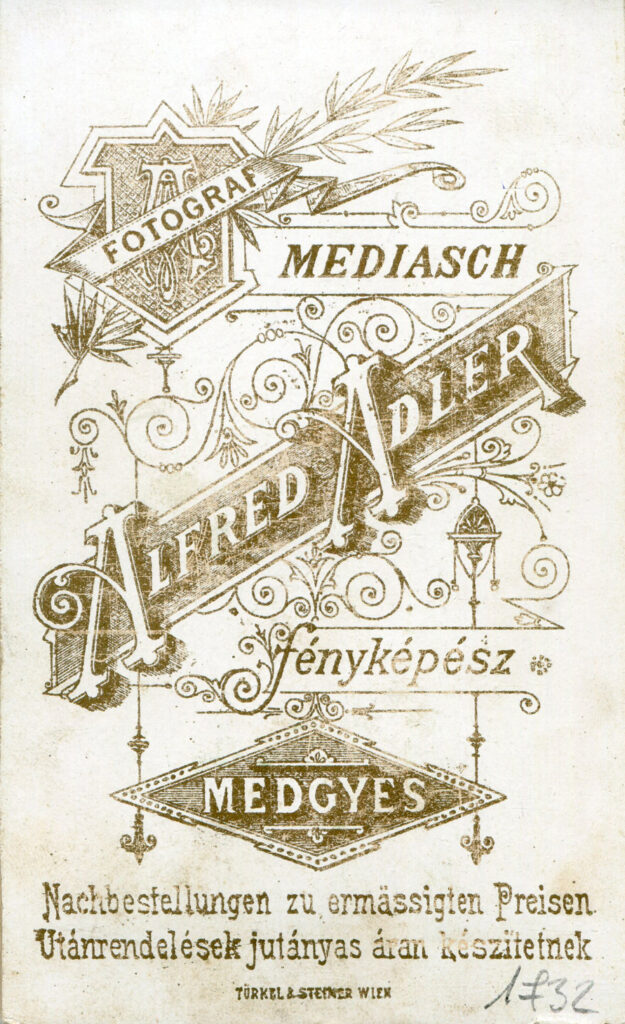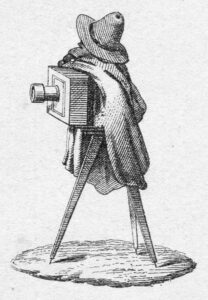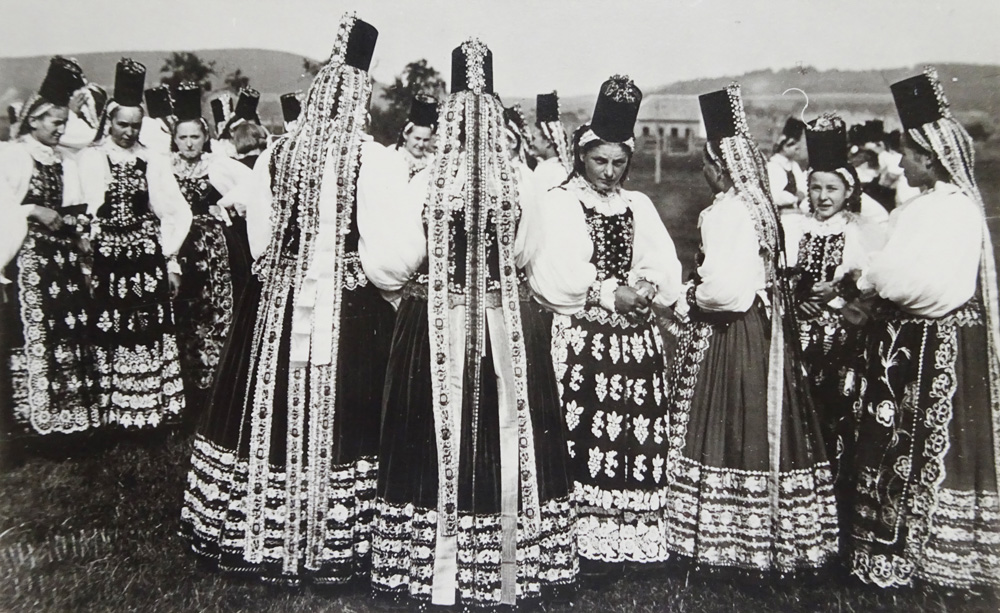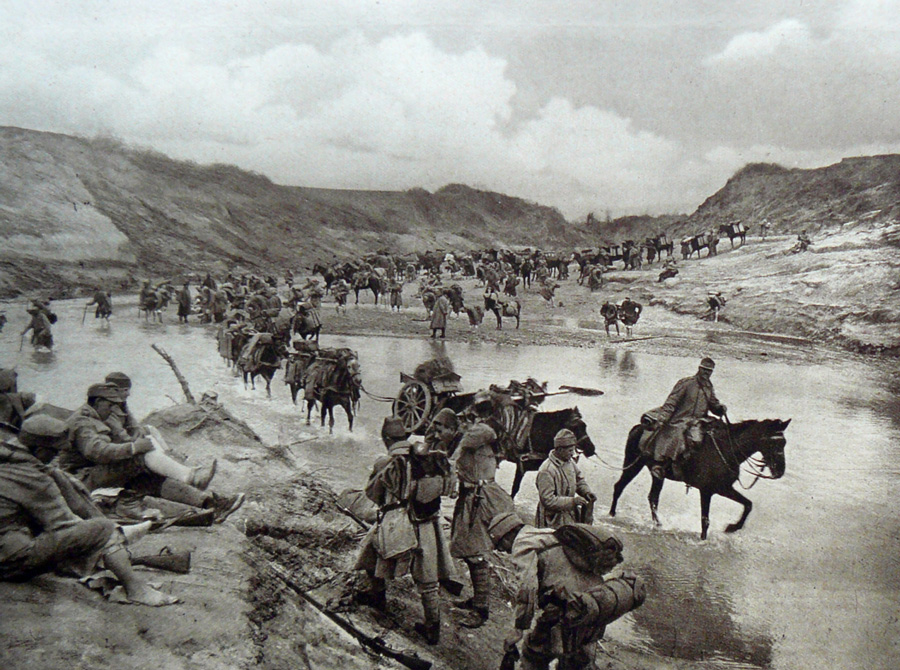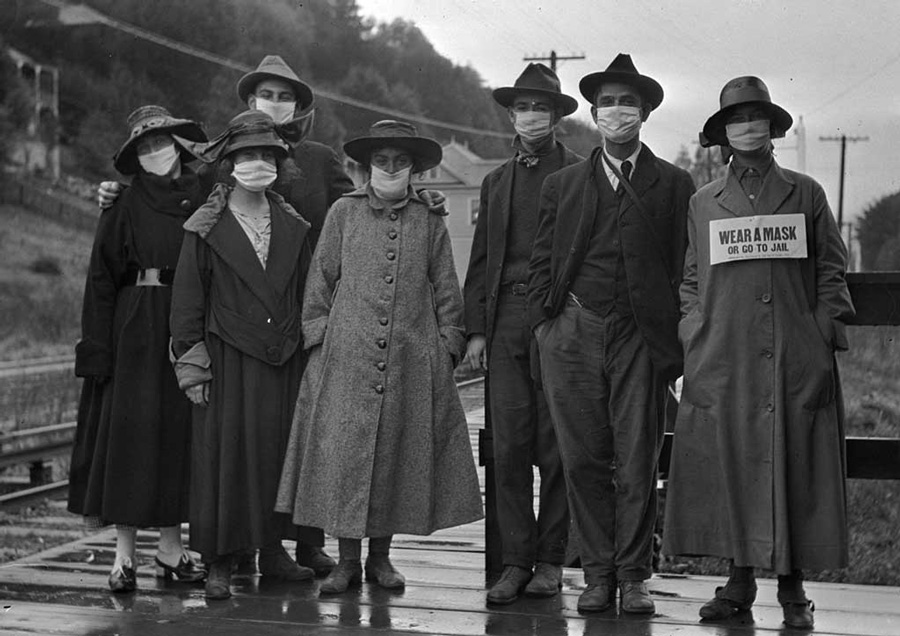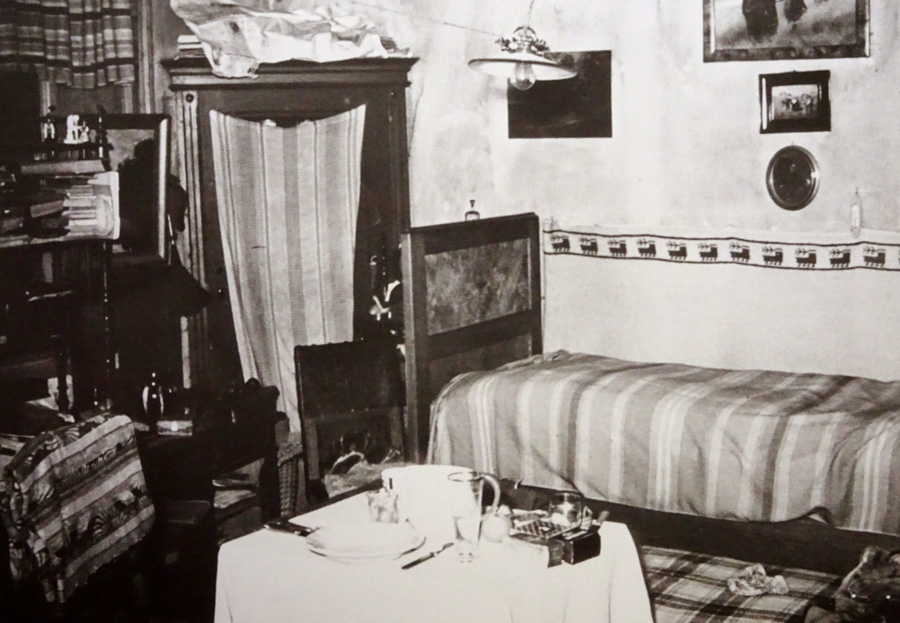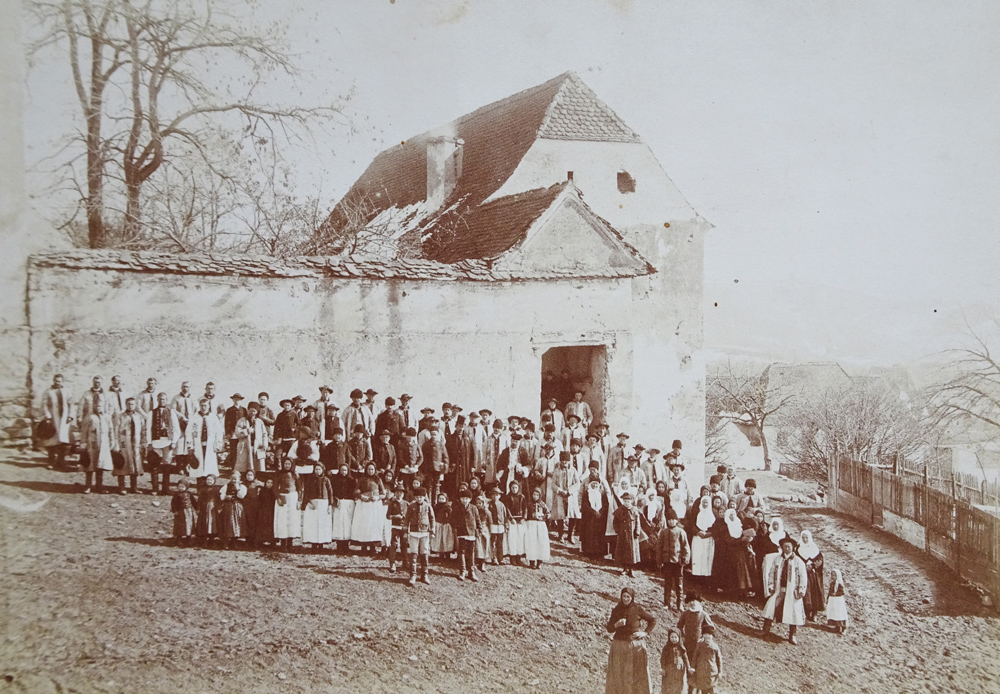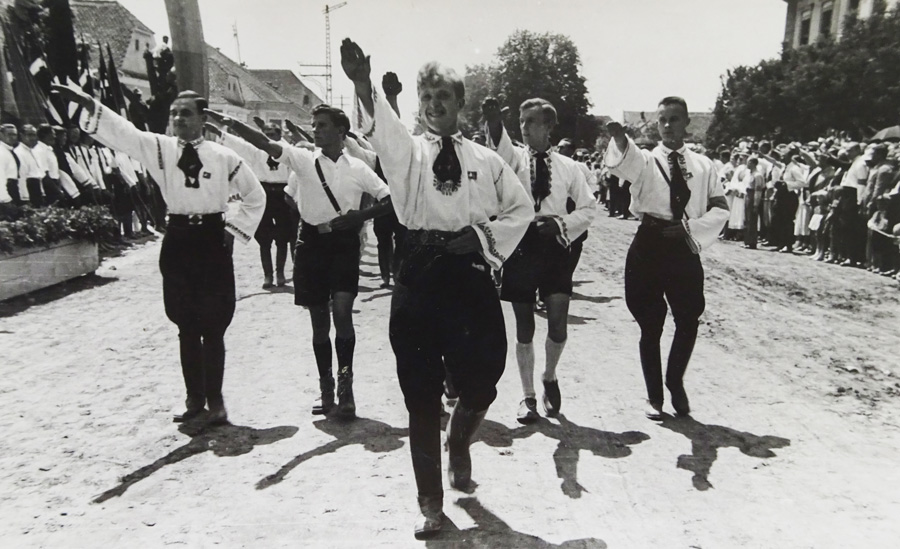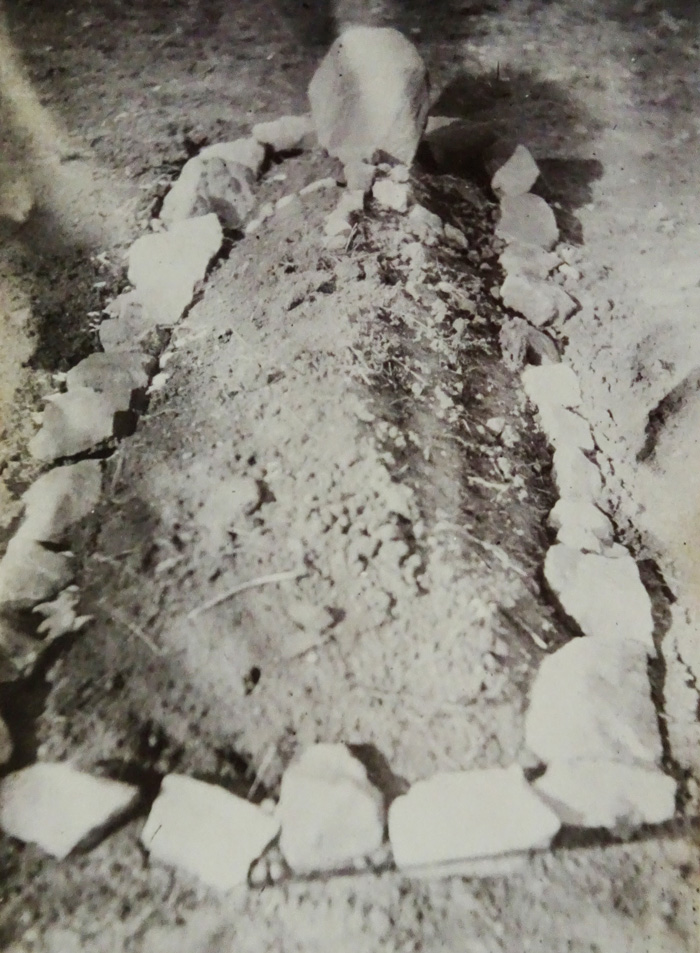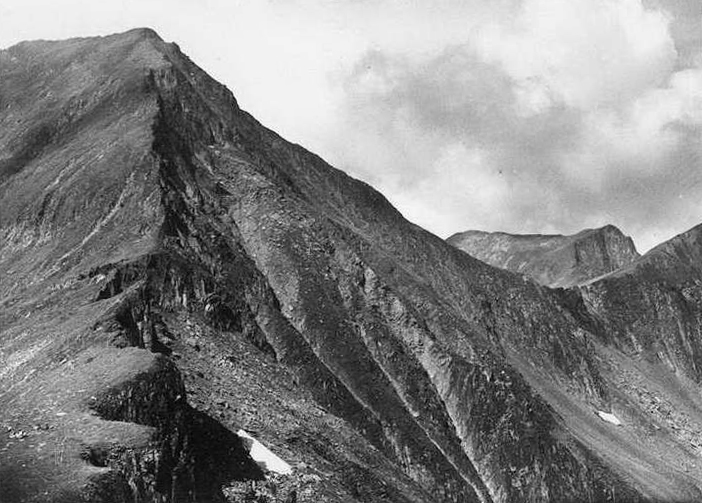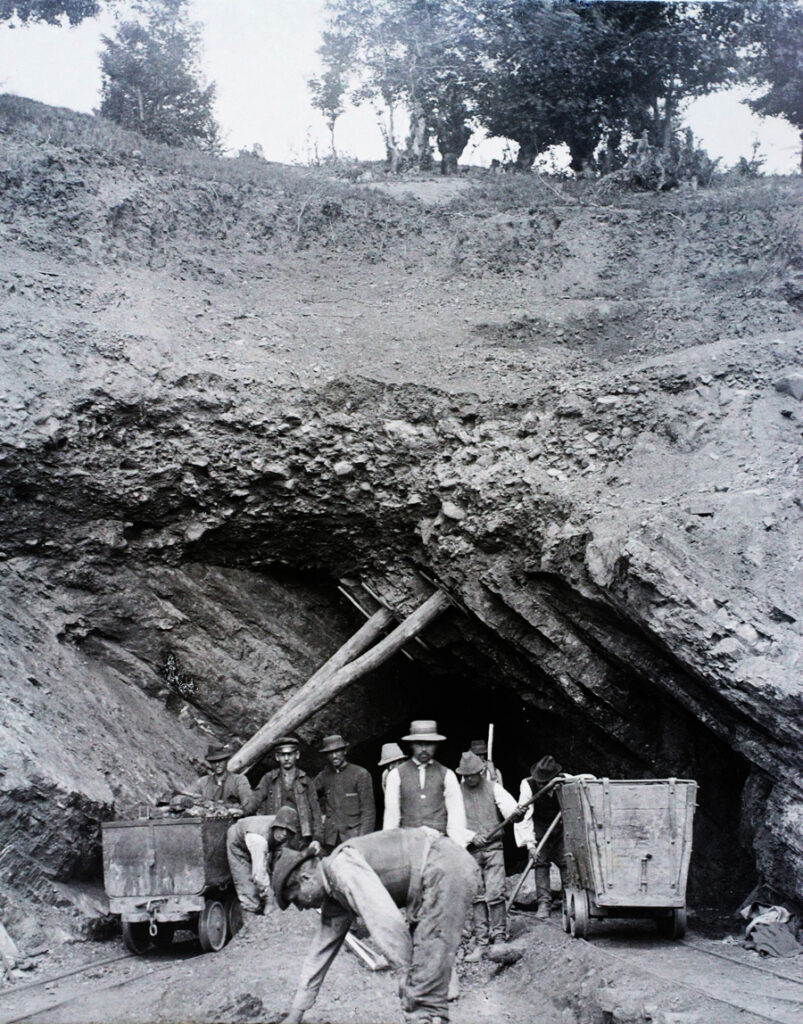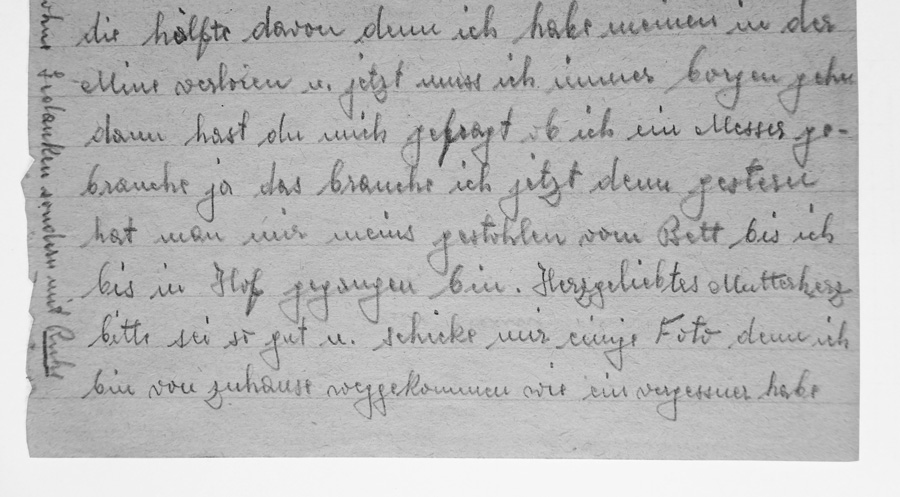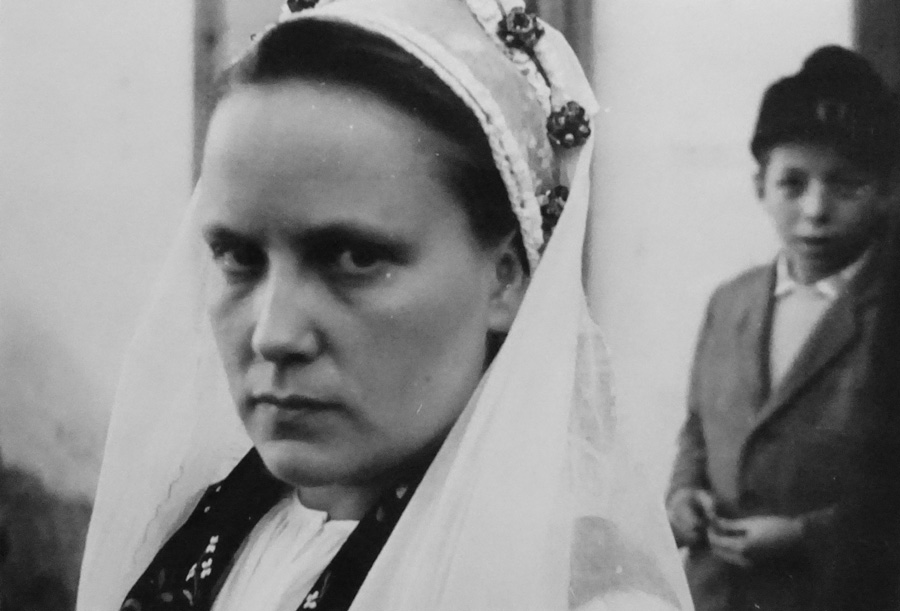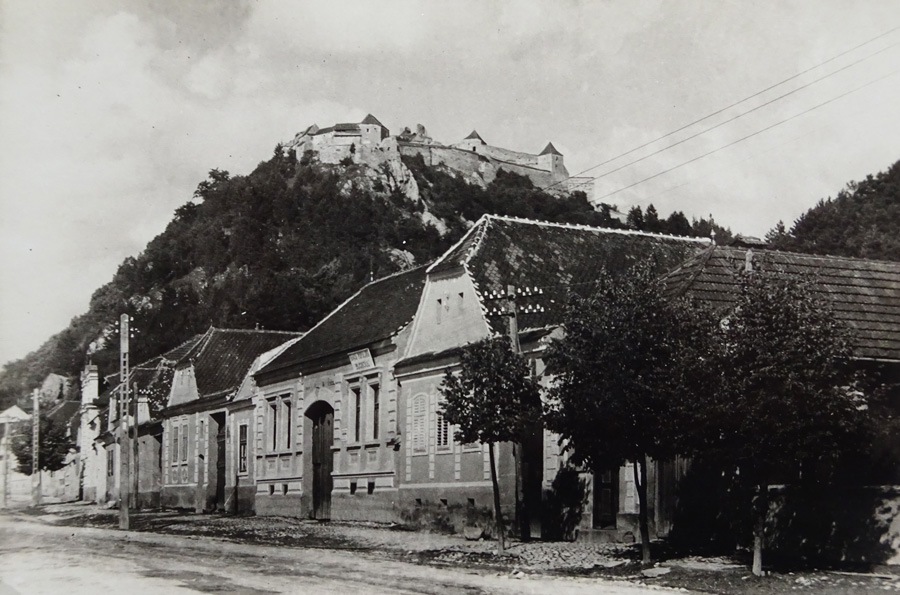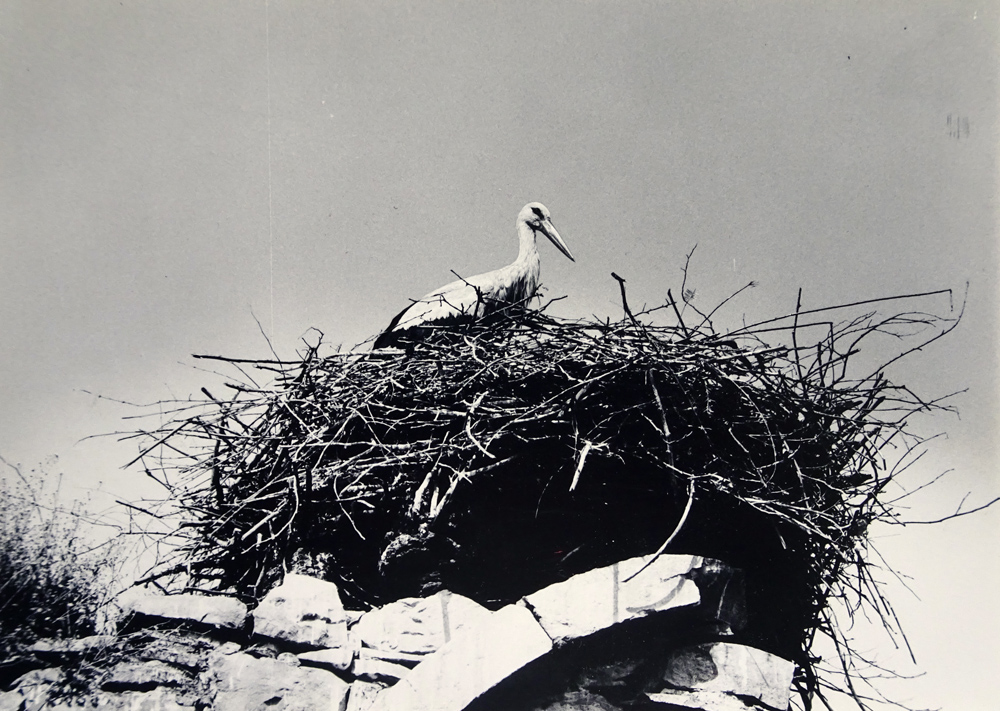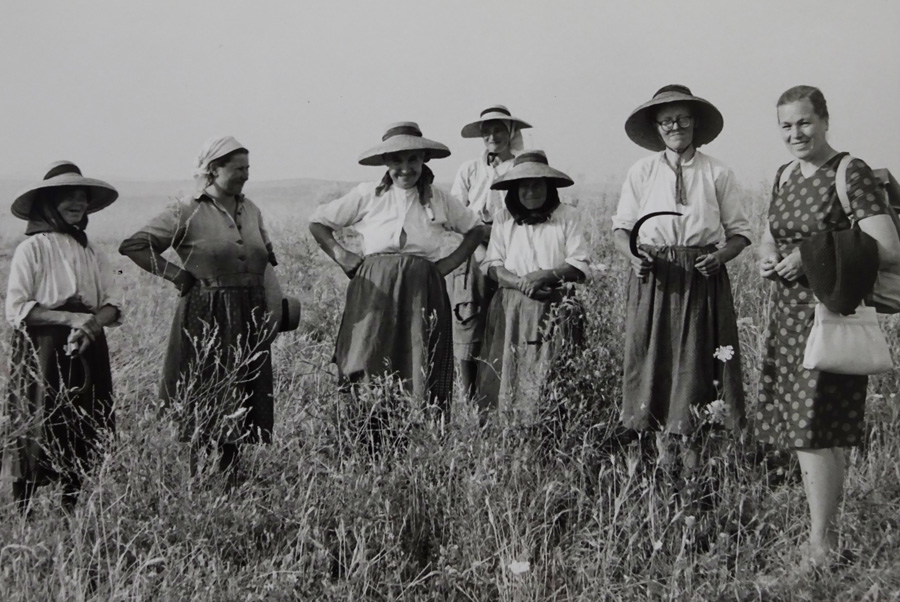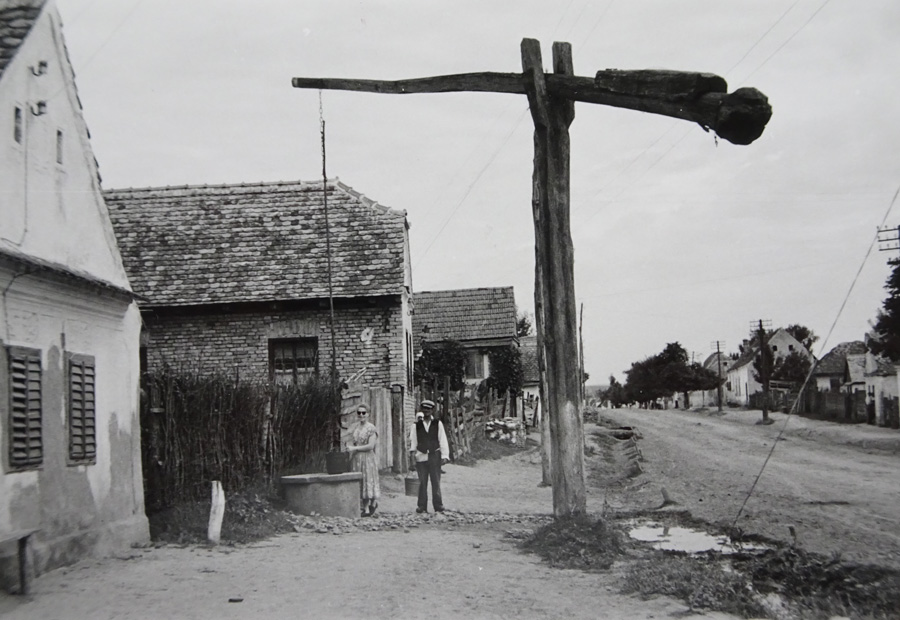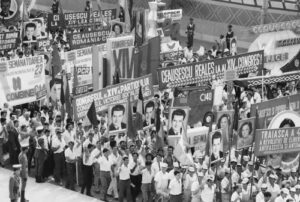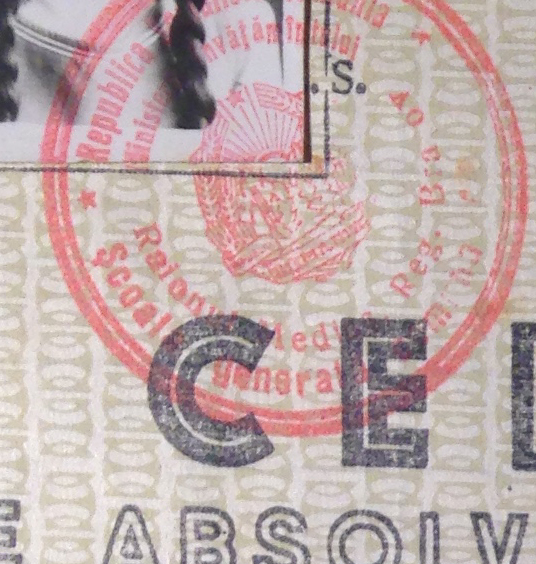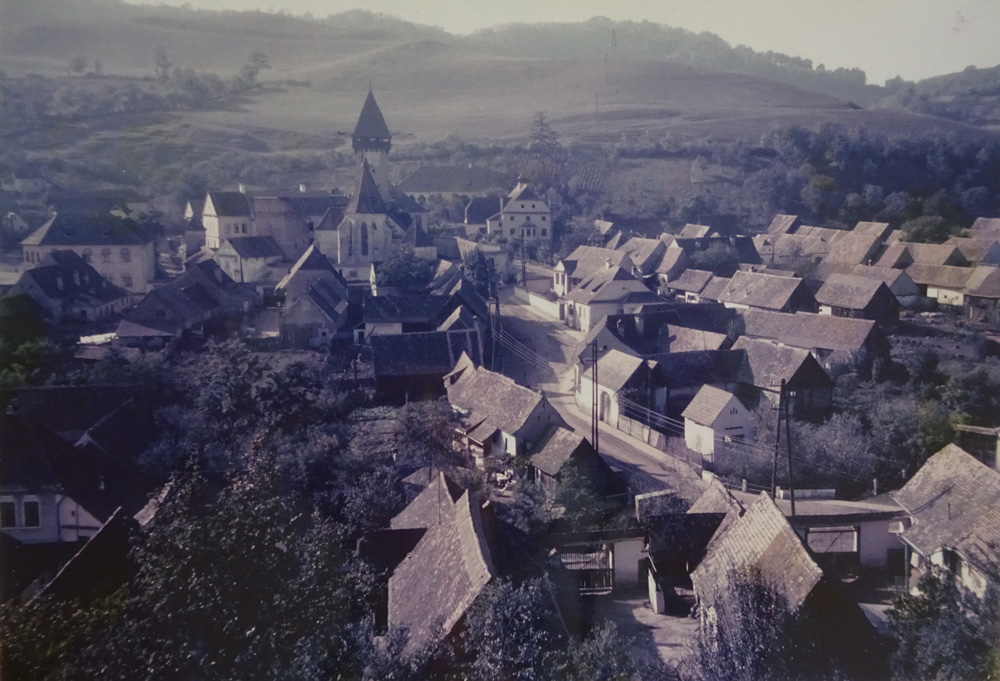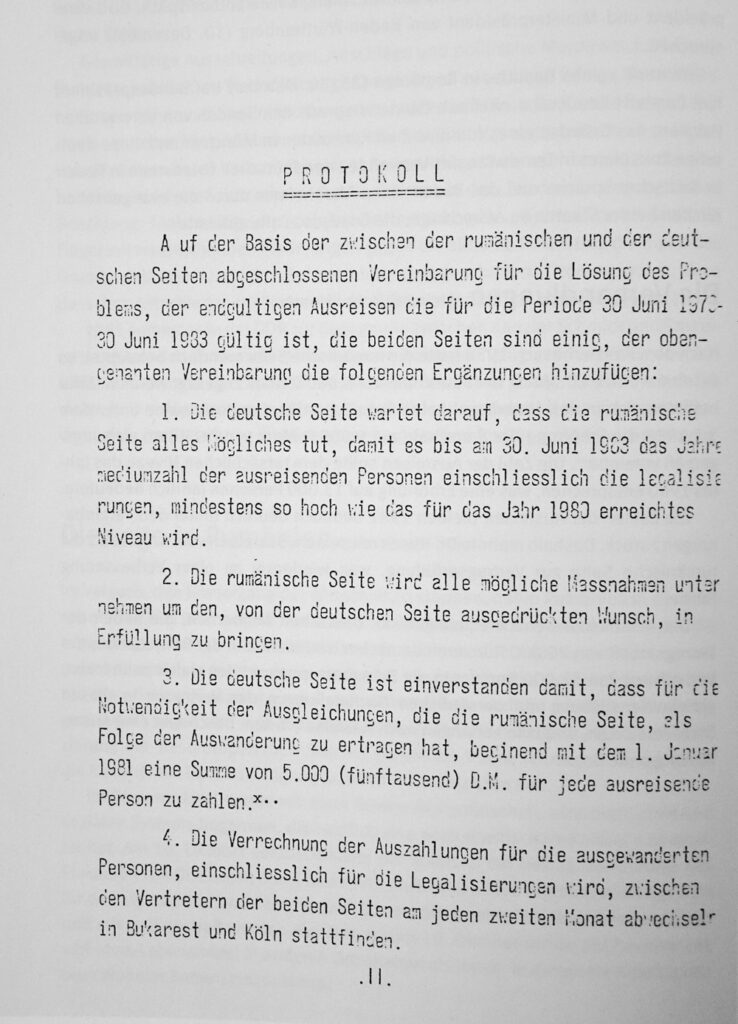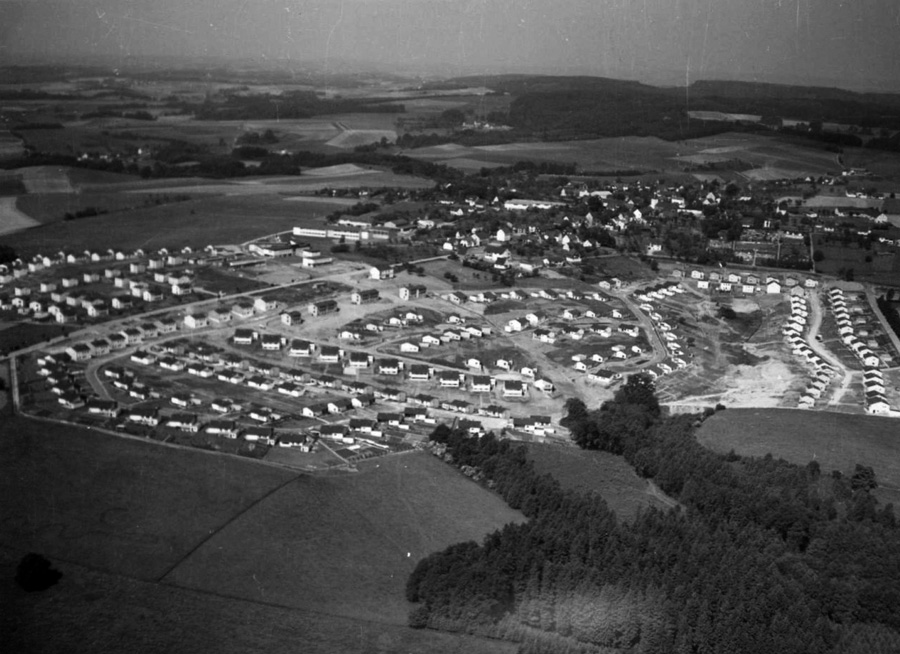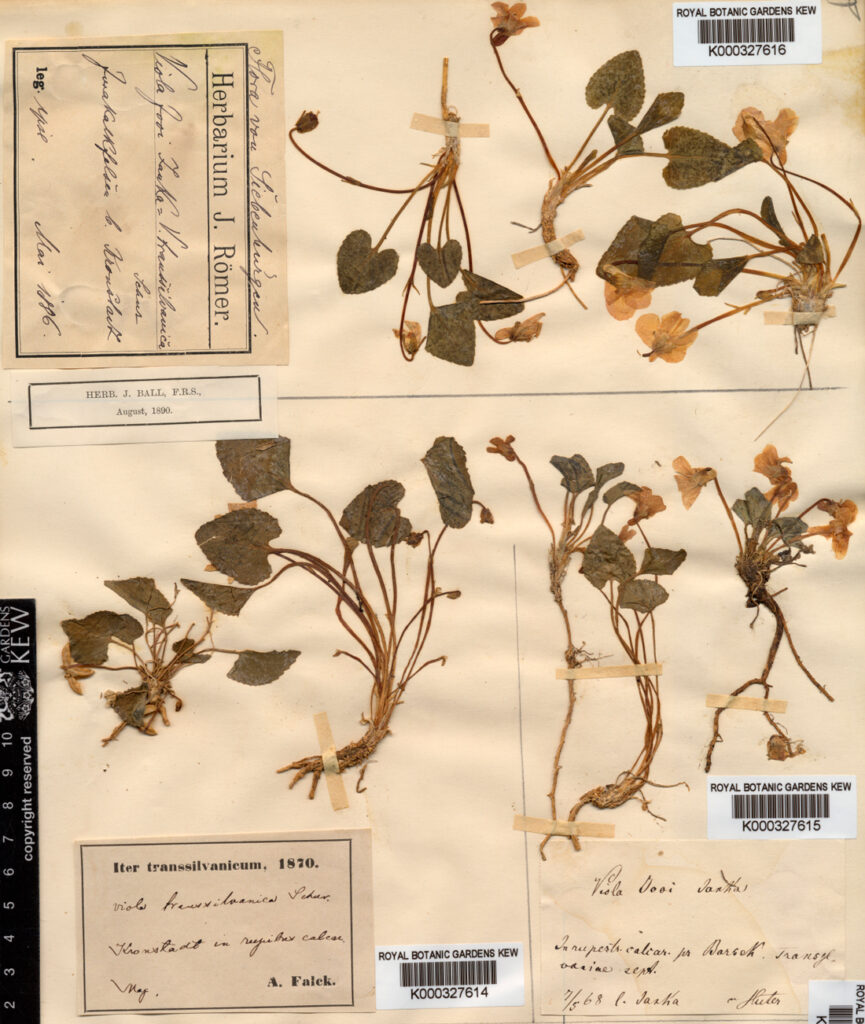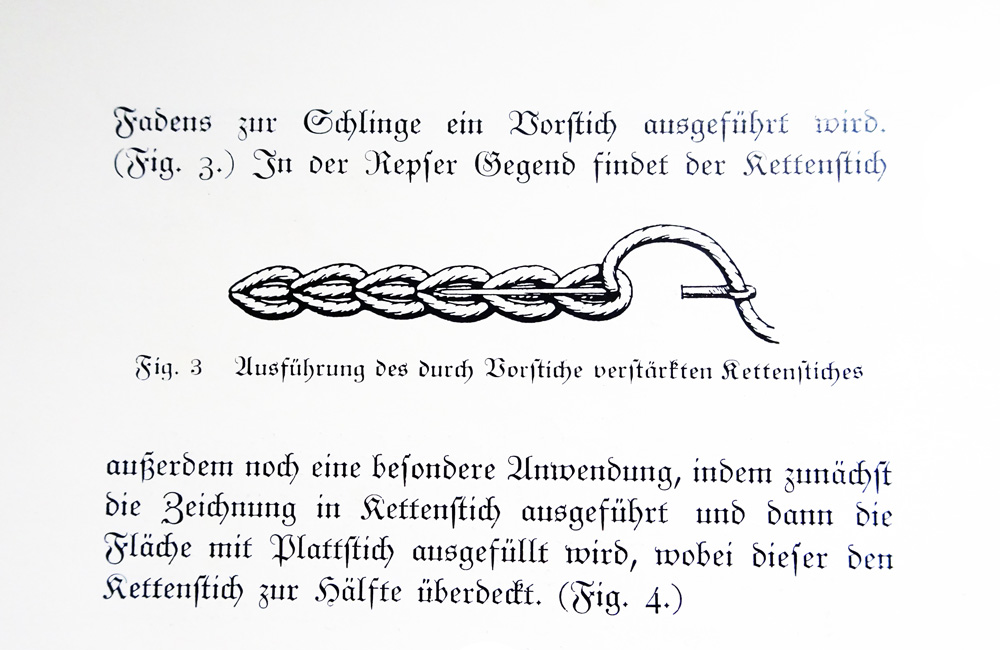Homepage
ⓒ Photo Archive of the Transylvania Institute (Siebenbürgen-Institut) at Heidelberg University, Gundelsheim/Neckar (DE)
Short Story
Steingässer-torony in Mediaș, (Mediasch, Medgyes), Romania; Fortepan Archive, Magyar Földrajzi Múzeum/Erdélyi Mór cége (HU); CC0
Farm woman working in the fields, in Transylvania, Romania; Atelier Emil and Josef Fischer, Sibiu; ⓒ Photo Archive of the Evangelical Church of A.B.; Teutsch-House, Sibiu (RO)
Advertisement of the photo studio ‘Alfred Adler’, Romania;
Flickr Vintage Photo Collection; CC BY-ND
Market in Sibiu (Hermannstadt, Nagyszeben) Romania; ⓒ Photo Archive of the Transylvania Institute (Siebenbürgen-Institut) at Heidelberg University, Gundelsheim/Neckar (DE)
Girls in traditional costumes in Viișoara (Heidendorf, Besenyő), Romania; ⓒ Photo Archive of the Transylvania Institute (Siebenbürgen-Institut) at Heidelberg University, Gundelsheim/Neckar (DE)
Photos from various photo studios in Transylvania, Romania;
Flickr Vintage Photo Collection; CC BY-ND
Soldiers during the First World War in Transylvania, Romania; Europeana Collection 1914-1918; Brukenthal National Museum, Sibiu (RO); CC BY-SA
Americans wearing a face mask during the Spanish Flu pandemic; USA, around 1918/1919; Open-air barber shop during the Spanish flu pandemic, USA, 1919; National Archives, Washington (US); CC0
Farm and farmhouse interior in Transylvania, Romania; ⓒ Photo Archive of the Transylvania Institute (Siebenbürgen-Institut) at Heidelberg University, Gundelsheim/Neckar (DE)
Village community of Felmer (Felmern, Felmér) in Transylvania, Romania; ⓒ Photo Archive of the Transylvania Institute (Siebenbürgen-Institut) at Heidelberg University, Gundelsheim/Neckar (DE)
Village funeral in Transylvania, Romania; Atelier Emil and Josef Fischer, Sibiu; ⓒ Photo Archive of the Evangelical Church of A.B.; Teutsch-House, Sibiu (RO)
Cooking areas in a farmhouse in Transylvania, Romania; ⓒ Photo Archive of the Transylvania Institute (Siebenbürgen-Institut) at Heidelberg University, Gundelsheim/Neckar (DE)
A family at table; Atelier Emil and Josef Fischer, Sibiu; ⓒ Photo Archive of the Evangelical Church of A.B.; Teutsch-House, Sibiu (RO)
Youth Day of the German Youth Association (Hitler Youth) in Hălchiu (Heldsdorf, Höltövény), Romania, 1937; ⓒ Photo Archive of the Transylvania Institute (Siebenbürgen-Institut) at Heidelberg University, Gundelsheim/Neckar (DE)
Members meeting of the German National Party in Romania (DVR) in Mediasch, Romania, 1936; ⓒ Photo Archive of the Transylvania Institute (Siebenbürgen-Institut) at Heidelberg University, Gundelsheim/Neckar (DE)
Funeral in Transylvania, Romania, 1939; ⓒ Photo Archive of the Transylvania Institute (Siebenbürgen-Institut) at Heidelberg University, Gundelsheim/Neckar (DE)
Transylvanian Saxons who were deported to Russia for forced labor in Makiivka camp, today Ukraine, 1946; Grave of a deported Transylvanian Saxon in Parkomuna camp, today Ukraine; ⓒ Photo Archive of the Transylvania Institute (Siebenbürgen-Institut) at Heidelberg University, Gundelsheim/Neckar (DE)
The king of the house is the man, as a crown, the woman joins. Whoever stands under this crown is not degraded but elevated. Traditional linen embroidery of German rhymes on a tablecloth; from Der Hände Fleiß, Rose Schmidt, Werner Fürderreuther;
ⓒ Edition Wort und Welt, München, 2002
The Carpathian Mountains; Atelier Emil and Josef Fischer, Sibiu;
ⓒ Photo Archive of the Evangelical Church of A.B.; Teutsch-House, Sibiu (RO)
Coal mines in Lupeni (Schylwolfsbach, Lupény), Romania, 1904; Fortepan Archive, Magyar Földrajzi Múzeum/Erdélyi Mór cége (HU); CC0
Gymnasium Stephan Ludwig Roth in Mediaș (Mediasch, Medgyes), Romania; Fortepan Archive, Magyar Földrajzi Múzeum/Erdélyi Mór cége (HU); CC0
Crown Festival in Șura Mare (Großscheuern, Nagycsűr), Romania; Bride in Transylvania, Romania; Village view of Râșnov (Rosenau, Barcarozsnyó) Romania; ⓒ Photo Archive of the Transylvania
Institute (Siebenbürgen-Institut) at Heidelberg University, Gundelsheim/Neckar (DE)
Stork’s nest in Cârța (Kerz, Kerc) Romania; ⓒ Photo Archive of the Transylvania Institute (Siebenbürgen-Institut) at Heidelberg University, Gundelsheim/Neckar (DE)
Visitors from abroad in Transylvania, Romania; ⓒ Photo Archive of the Transylvania Institute (Siebenbürgen-Institut) at Heidelberg University, Gundelsheim/Neckar (DE)
Parade during the 14th Party Congress of the Romanian Communist Party in Bucharest, Romania, November 1989;
The National History Museum of Romania, Bucharest (RO);
CC BY-ND
‘Falcons of the Fatherland’ (Soimii Patriei) in front of the portrait of Nicolae Ceaușescu, Communist head of state of Romania (1967-1989), 1983; Wikimedia Commons; CC0
People with cardboards during Cântarea României-Festival (The Song of Romania), 23. August 1982; text at the back: Long live the Romanian Communist Party, headed by its General Secretary, Comrade Nicolae Ceausescu!; Panic buying (1982) and queuing (1989) in Bucharest, Romania; ⓒ Photos by Andrei Pandele from the Golden Age of Ceaușescu series, 1980-1989
A bricked up doorway in a church in Târnava (Gross-Probstdorf, Nagyekemező), Romania; ⓒ Photo Archive of the Transylvania
Institute (Siebenbürgen-Institut) at Heidelberg University, Gundelsheim/Neckar (DE)
Ațel (Hetzeldorf, Ecel), Romania; ⓒ Photo Archive of the Transylvania Institute (Siebenbürgen-Institut) at Heidelberg University, Gundelsheim/Neckar (DE)
Agreement by the German Government on the ransom for Romanian-Germans, 1981; 5000,- Deutschmarks were paid to the Romanian government for every departing person;
from Wege in die Freiheit: deutsch-rumänische Dokumente zur Familienzusammenführung und Aussiedlung 1968-1989; H.G.Hüsch, P. Leber, H. Baier; ⓒ Hüsch & Hüsch, 2016
The ‘Siebenbürger-Siedlung’ in the Drabenderhöhe in Germany where the first Transylvanian Saxons were settled from 1964. The town is considered the largest Transylvanian settlement outside of Romania; Heimatverein Drabenderhöhe (DE); CC BY-ND
Carpathian violets (Viola transsilvanica), picked at Brașov (Kronstadt, Brassó), Romania, 1870/1886; Collection of the Royal
Botanic Gardens, Kew (GB); CC BY 4.0
Traditional chain stitch in an instruction manual for needlework; from Siebenbürgisch Sächsische Nadelarbeiten; Ludwig Klaster; published by Krafft & Drotleff, Sibiu (RO), 1937; CC BY-ND
Historical Background
Map visualization: The World as Flatland;
CC BY-ND
English translation: Karl Hoffmann
Text, research and design: Gerlinde Schuller, 2021
Gerlinde Schuller is specialized in Visual Journalism and Information Design.
Besides working on commissions for international clients, she is teaching Data Journalism at the School of Journalism, HU University of Applied Sciences, Utrecht (NL). Schuller is author of the books Designing universal knowledge and co-author of Making the Impossible Possible and Amsterdam in documents.



